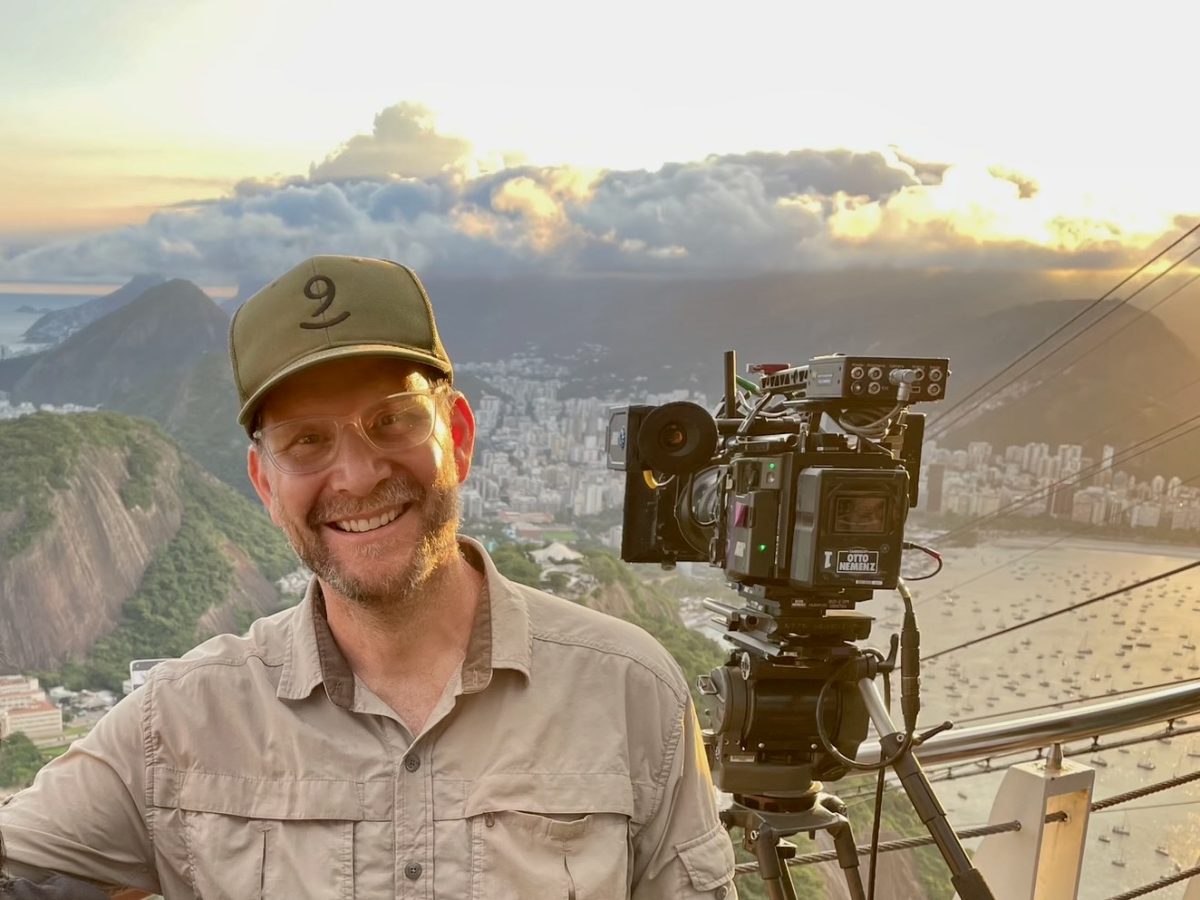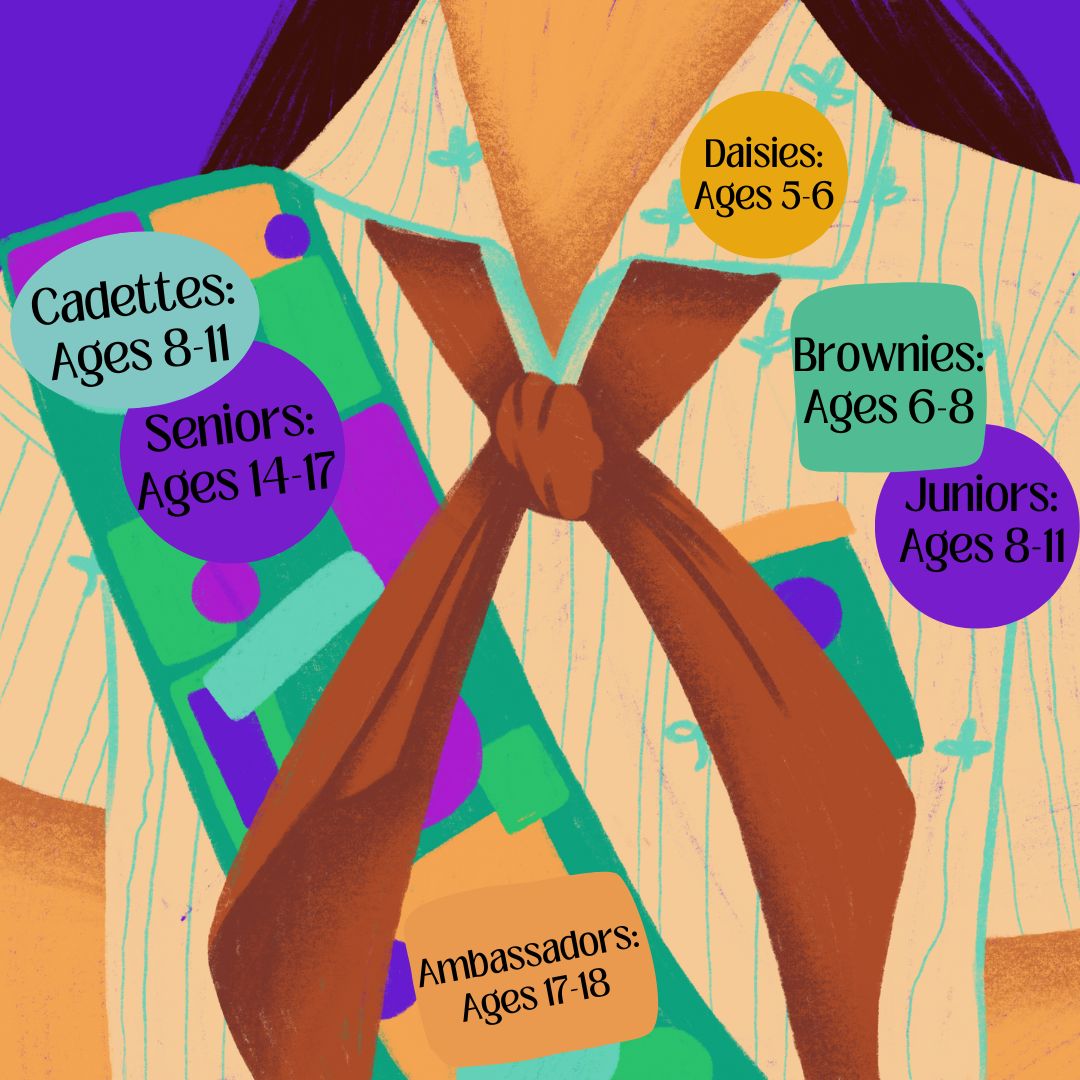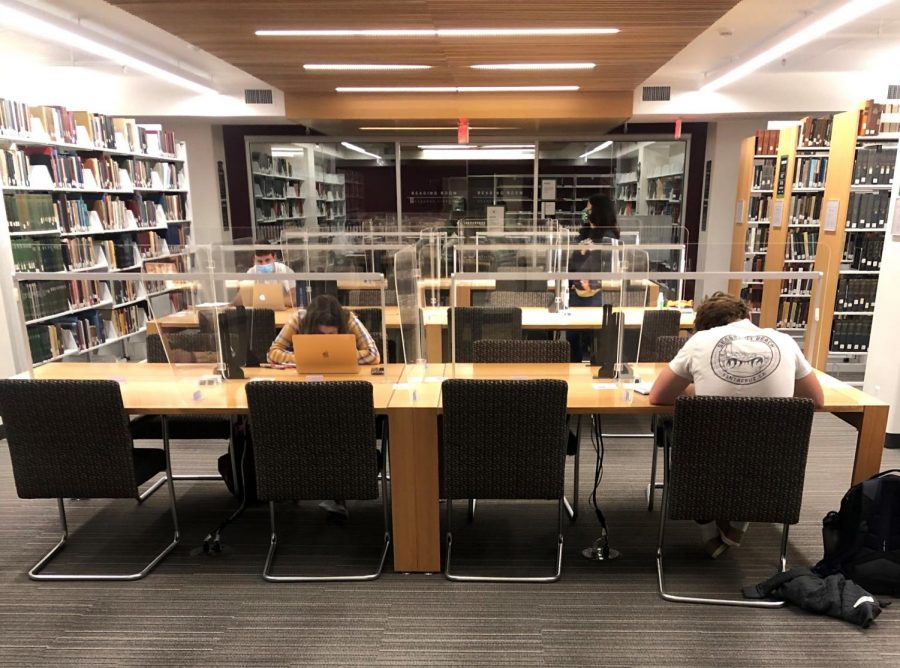Content warning: The materials discussed within this article may evoke strong emotions as it discusses suicide, self-harm and mental illness. If this topic is sensitive to you, please proceed with caution and reference the mental health resources below.
Depression is a heavy blanket, weighing one down with every breath they take. It limits one’s vision — everything that should be joyful or at least mundane is overshadowed by the all-encompassing melancholy the world seems to possess.
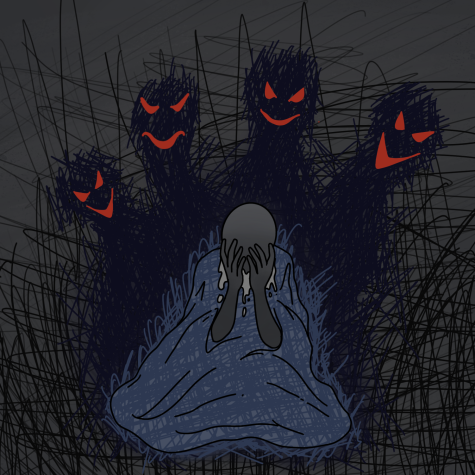
The blanket feels impenetrable, making it seem impossible to ever imagine a life without its burden holding one down. Every day, and the routine it requires, feels like an impossible chore only worsened by the darkness the blanket brings.
Those inexperienced with depression would implore others to simply take the blanket off, knowing this would make them feel better. However, for those who struggle with severe depression, there is a certain twisted comfort in the world being dampened. It’s familiar. It’s warm. It’s silent. Most importantly, it’s solitary.
In this withdrawn state, a feeling of meaninglessness and despair accrues in the minds of depressed individuals. As the initial comfort of the blanket fades, misery sets in, and many turn to suicidal thoughts as a coping mechanism — an end to the seemingly eternal unimaginable pain and listlessness they are experiencing.
The epidemic
In 2021, there were 48,183 confirmed suicide deaths in the U.S., according to the Centers for Diseases and Prevention — an almost 10 percent increase from 2015, making it the third leading cause of death for teenagers and middle-aged adults.
While women attempt suicide more often, men are four times more likely to be successful in their attempts, according to a study published in BioMed Central Psychiatry. This is partially due to traditional gender norms that do not support men seeking mental health services as they are hesitant to share their emotions and feel it threatens their masculinity.
Ryan Plumb, a Bay Area Community Resources intern who provides counseling services in Redwood’s Wellness Center, notes that men’s social support systems are in part at fault for their depression and suicide rates.
“The way men relate to each other isn’t in sharing feelings. A lot of times toxic masculinity will say ‘you’re a girl’ or ‘[men] make fun of that kind of thing,’ so men learn, ‘do not share your feelings, that’s shameful.’ Whereas women tend to have better social awareness and connection,” Plumb said. “Men are [taught] to be this one representation where we’re strong and independent, we’ve got things under control and we’re very goal oriented. All those ideas [society] has of the male gender make it difficult for men to reach out when they’re in pain.”
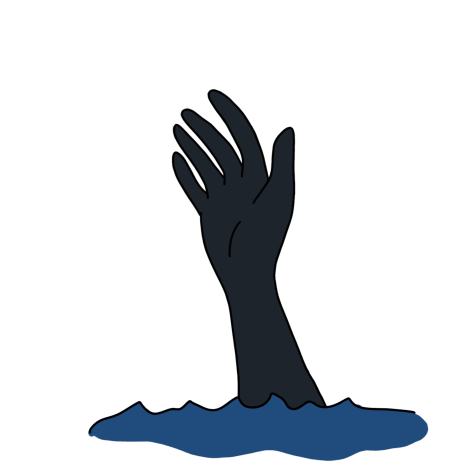
Isolation and alienation make men see the world in a darker way than it actually is. Plumb often works with students to recognize how one’s mind can often warp reality in a dangerous manner.
“If you were to wear blue colored glasses your entire life, you would see the world blue, and you would think the world was blue because you’ve never known what it is like to not have those glasses. [Similarly,] if we perceive the world as a negative, harmful, dangerous and sad [place], then the representation in our brain of what the world is outside of our head is going to be colored by that perception. Sometimes we develop this mismatch where the world isn’t actually that blue. We’ve just gotten so used to seeing it with glasses on that we can’t conceive of it any other way,” Plumb said. “When people get to be suicidal, they only see that world that they’ve created in their mind. It’s real for them. There’s no other alternative.”
The majority of suicidal people feel burdened by the distorted way they perceive the world. Katrina Southard, the Wellness Coordinator for Archie Williams High School’s Wellness Center, mostly encounters students who feel overwhelmed by their life.
“[Many students endure a] more passive feeling; They’re just fed up with all these different aspects of their life and they wish they didn’t have to do it anymore. It’s a feeling of ‘it’d be kind of nice if I could just skip over this [or] if I could just not wake up,’” Southard said.
As more and more people begin to fall victim to suicidal thoughts, many point the finger at a major change in society within the last two decades: technology. Southard is apprehensive about the impacts of excessive social media and internet usage by teens.
“[Teenagers] turn to the internet for some sort of connection. Somebody who doesn’t have a lot of other support in their life can end up down some confusing dark roads,” Southard said. “The flood of information while, healthy to an extent, is also extremely overwhelming for our systems. If you’re already dealing with some low-level depression it can just add to the [challenge].”
Some of these “dark roads” are online suicide forums. According to a study from the Journal of Affective Disorders, 30 percent of those who reported suicidal self-harm behaviors consulted the internet as a place to share their emotions. Of the 547 sites that the suicidal individuals frequented, almost 100 provided information on how to die by suicide.
One particularly popular site, which receives six million page views a month, was investigated by The New York Times. They were able to identify 45 people who died by suicide after posting on the site, but they encountered dozens more people who posted a “goodbye” comment and were never heard from again in the online community.
While the reasons behind suicide are complex for every individual, it is clear that the invention and accessibility of pro-suicide sites have worsened the suicide epidemic. Suicide is impulsive; research has shown that within an hour of entering a suicidal crisis over 70 percent of people feel regret — these sites weaponize the impulsivity of the act by providing distinct instructions on how to kill oneself and showering those who decide to take their life with support.
Moreover, these forums exacerbate someone’s desire to attempt suicide due to a phenomenon known as suicide contagion. Multiple scholarly works have identified a higher rate of suicide after being exposed to suicide virtually, fictionally or interpersonally, which makes suicide forum participants more likely to attempt suicide themselves.
The stigma
Talking about suicide is uncomfortable; often feelings of shame, guilt and grief dominate conversations, enforcing a poor view of suicide victims and survivors. The stigmas surrounding suicidal people and the reasons behind their suicidality are often judgemental, creating a hostile environment for survivors to speak up about their experiences.
“People feel ashamed that they’re [suicidal] or it almost feels like a personal failure to get to that point, and it’s really not. Unfortunately, depression is very common. It’s the number one thing that people see therapists for,” Plumb said.
Southard finds that despite general stigmas around mental illnesses having lessened within the past decade, there is still a strong negative connotation around conversations about depression and suicide.
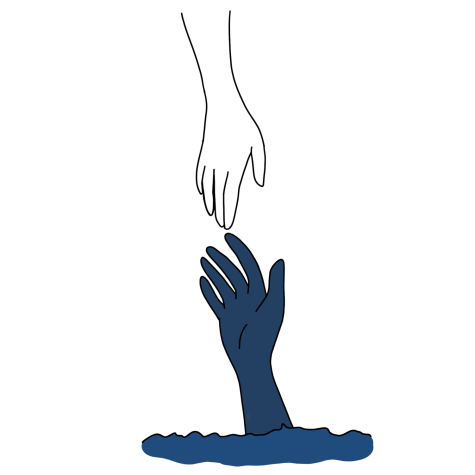
“When you’re comparing depression and anxiety, which are two very broad categories … anxiety has become less stigmatized [in Marin]. Whereas if I’m asking somebody about their mental state and it’s leaning towards depression, I tend to feel more of a heaviness and a shame [coming from my students] around it,” Southard said.
Peers often feel hesitant to reach out to those who they believe to be suicidal due to fear that they will place the idea of suicide in their heads for the first time. Southard disputes this notion.
“Talking about suicide doesn’t make somebody more likely to do it, if anything, being able to talk about it and not have it packed up in this shameful feeling is more helpful,” Southard said. “If you’re just sitting by yourself with the feeling of being depressed … giving voice to that, is going to help you process [your depression].”
When opening spaces for peers to share their emotions, Plumb finds value in active listening and learning the nature of people.
“The thing that everybody wants is to feel like they’re seen and heard for who they really are, and that they’re appreciated. They want to know that they matter,” Plumb said. “If that’s the case, just listen and be there.”
Active listening is the key to recognizing when a peer is in a suicidal mindset. Four out of five suicide victims showed warning signs prior to their death such as experiencing social isolation, vocalizing suicidal threats, saying they are a burden, purchasing lethal products, giving away prized possessions, increasing substance use and calling people to say goodbye.
When these signs are repeatedly noticed, one should have an open and judgment-free conversation with their peers about their mental state. Coming up with a safety plan such as calling a crisis line together, recommending a therapist, reducing access to lethal means and, in dire conditions, calling emergency services are all actionable responses to supporting a suicidal loved one. Every suicidal person is different and experiences unique feelings; it’s vital to listen to the individual and hear what they need in order to support them in the best way.
Crisis management
Mental health crisis intervention is categorized as something that provides immediate, temporary help to individuals who are experiencing an event that is producing emotional, mental and physical distress. Extreme concerns such as repeated refusal to share how one is feeling and a planned-out suicide attempt should be responded to with external resources such as crisis lines.
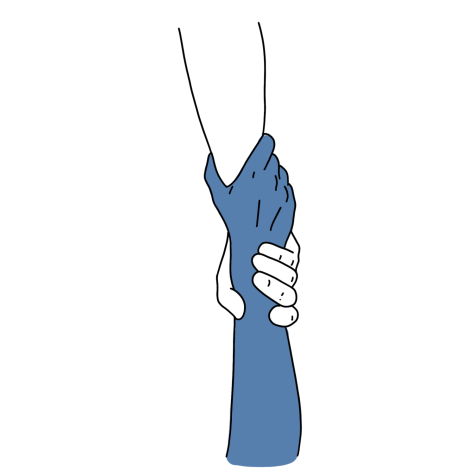
Buckelew Programs, a mental health organization, receives and responds to calls from the mental health crisis number (988) in Marin. Callers who report feelings of suicidal ideation or are attempting suicide are greeted by a suicide prevention counselor who is prepared to mitigate the situation.
These counselors then assess whether the caller requires additional resources such as sending the Marin Mobile Crisis Team, which includes behavioral clinicians who can speak in person to the individual or even place them under a 72-hour psychiatric hospital watch.
The Programs Manager at Buckelew Programs, Steve Diamond, recommends people reach out to 988 in a mental health crisis unless they are at risk for imminent physical harm, or have begun their suicide attempt. In these situations, emergency services are required and 911 should be called.
In order to ensure comfort and trust for the caller, counselors emphasize connection and empathy. The counselor then works with the caller to get them in the safest mindset possible.
“At the crisis point, who are the safe people you can call? What are the safe places for you to go? And what are some safe activities that you can use to de-escalate yourself during that moment?” Diamond said.
Plumb recognized the anxieties that can be associated with reaching out for help and calling a crisis clinic. He recommended breaking down barriers prior to a crisis by having the 988 contacts on one’s phone or even calling to check out how the system works.
“If someone gets to the point where they’re so low and the little barrier [to calling 988] is just the thing that keeps them from help, think about ‘what can I do to reduce that barrier?’” Plumb said. “Reducing every kind of speed bump so that it’s effortless to almost fall into getting help is a good thing.”
Despite the extremely personal and societal hurdles that humans naturally face, Southard asserts that suicide is not inevitable.
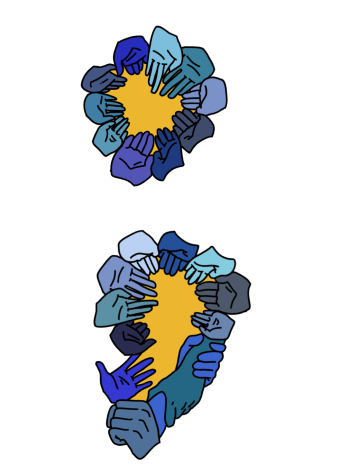
“Suicide is a very preventable form of death. I’d like to think that everyone who feels suicidal, [or] died by suicide could have been helped, or there’s hope for them,” Southard said.
There is no doubt that the world is equally as cruel as it can be kind, sometimes it feels as if the universe is intentionally targeting one person. However, the correct response to agony is not suicide, according to Plumb, it’s acceptance.
“The human condition is hard,” Plumb said. “We’re flawed beings, and that’s okay.”
If you are struggling with your mental health, reference the resources provided. Redwood’s Wellness Center is open during school hours and has counselors available. Outside of Redwood, The Greenlight Clinic is a short-term free therapy service for teens in the Bay Area. If you are more comfortable over the phone, the Suicide Hotline 988 and Crisis Text Line (text HOME to 741741) are available 24/7. If you or someone you know has hurt themselves or others, please call 911 immediately.
If you’re interested in learning more about the process of this article being written or additional information about current patterns in suicide, listen to Caitlin Beard’s podcast interviewing this article’s author, Ava Razavi.

